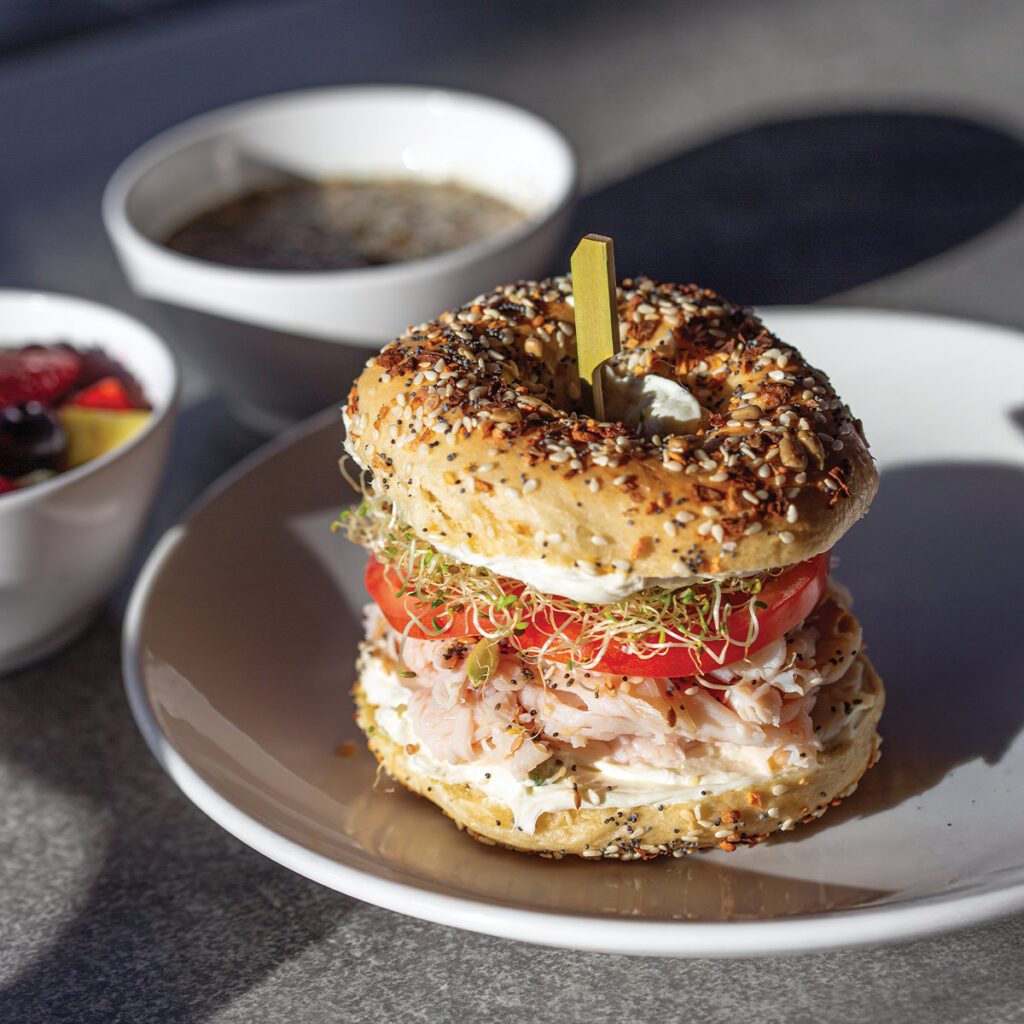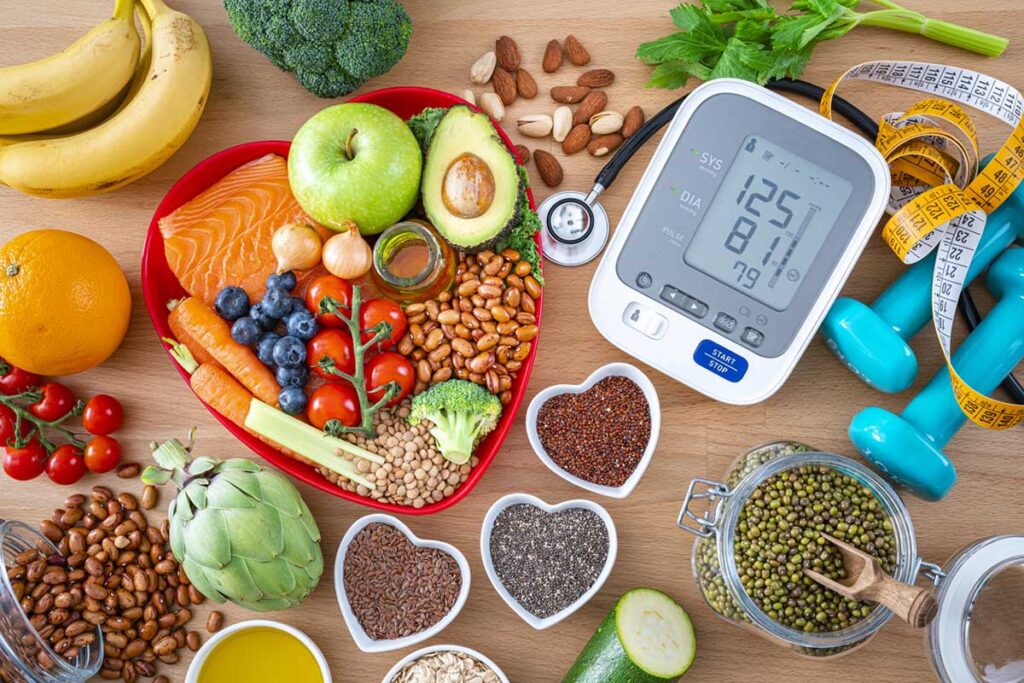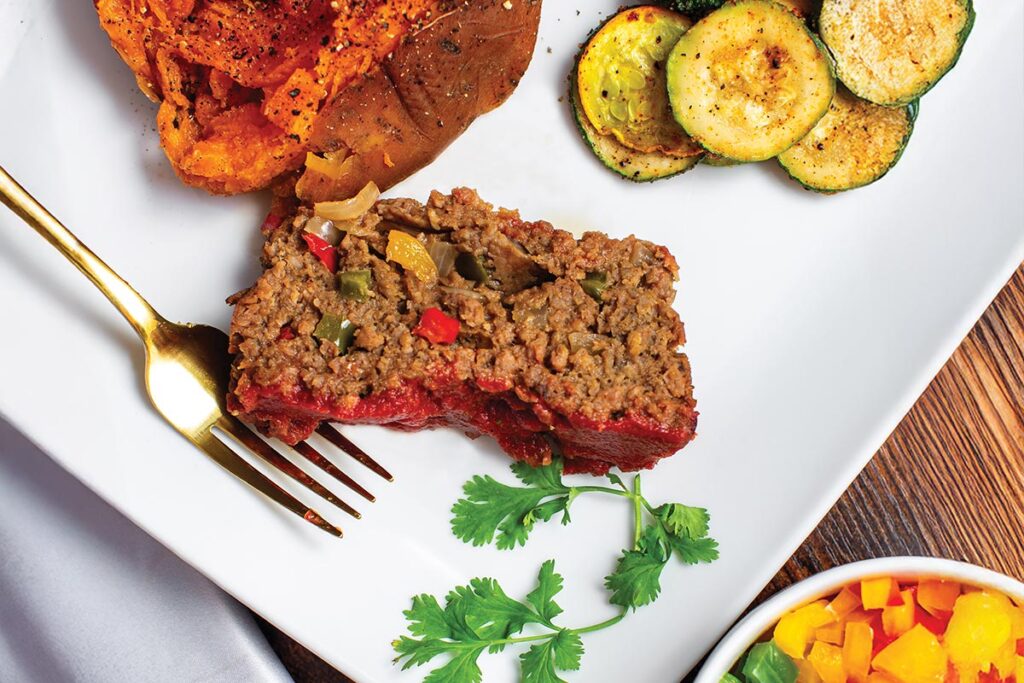It’s no secret that Americans have a distorted perception of portion size. If you want to shock European visitors, just order them entrées at one of our most popular restaurant franchises. We laugh, but the sad thing about portion distortion is that it has increased steadily over the years. Today, it’s considered by most to be the No. 1 factor contributing to our nation’s obesity epidemic. Understanding healthy portion and serving sizes is a great first step toward healthy eating habits. Let’s clear up the confusion.
By Candice Graham
View Full PDF here.
What is a portion size?
Portion size is not the same as serving size. This is a big misconception among most Americans. A portion is the amount of food you eat at one time. A serving is the amount of food listed on a product’s Nutrition Facts label. All the nutritional values you see on a label are for the suggested serving size, not the whole bag. So what’s a proper serving size for the foods you most commonly eat?
The American Heart Association breaks it down like this:
Meat, poultry, or fish: 2-3 oz. (about the size of a deck of cards)
Milk or yogurt: 1 cup (about the size of a baseball)
Bread: 1 slice (about the size of a cassette tape)
Fruit: 1 small piece or half a cup of fruits like blueberries and grapes (about the size of a light bulb)
Rice or pasta: half a cup (about the size of a light bulb)
Additionally, the Mayo Clinic recommends these serving sizes for other common foods:
Vegetables: a cup to half a cup, depending on the vegetable (about the size of a light bulb to about the size of baseball)
Mayonnaise: two teaspoons (about the size of two dice)
Cheese: 2 oz. (about the size of three or four dice)
Portion control is important, and using these visual cues to remind yourself of appropriate serving sizes can help you determine just how much to pile on your plate.




